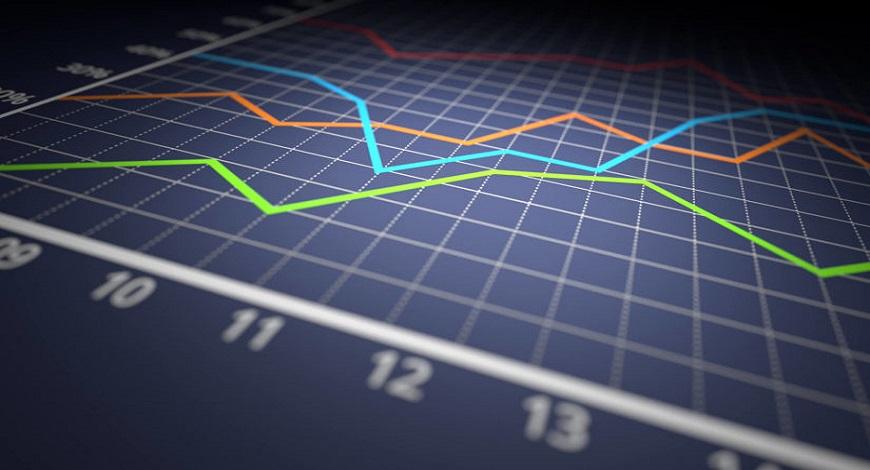The war in Ukraine and its consequences have led the Bank of Spain to lower the growth forecast for this year by nine tenths to 4.5%, and to raise inflation to 7.5%, four points higher.
In the case of growth, it is a reduction of almost one point compared to the December calculations, and is motivated by the strong rebound in energy prices with higher and possibly more persistent inflation rates, by the aggravation of some bottlenecks and the deterioration of the outlook for global growth.In addition, it adds to the increase in uncertainty, which slows down consumption and investment decisions in households and companies.
The 4.5% is far from the official forecasts of the government, which still officially maintains the target of 7%, although it must update them soon.
The downward correction of GDP would have been stronger if it were not for the latest known data on activity in the second half of 2021, which have been better than expected and moderate this correction. In the next two years, economic activity will maintain a good level of dynamism, with growth of 2.9% in 2023 and 2.5% in 2024, according to the Bank of Spain. In this scenario, the recovery of the pre-pandemic level of activity would have to wait until the third quarter of 2023.
This year, the Bank of Spain forecasts growth of 0.9% in the first quarter, and only 0.1% in the second, which is when the main effects of the war on growth would be concentrated. None of the quarters of the year would have negative growth.
Effects of war
Growth will be just one-tenth in the second quarter, but there will be no contractions
In the case of inflation, 7.5% for this year represents an upward correction of almost 4 points over that expected in December. It doubles the 3.7% forecast then. The energy futures markets foresee a certain relaxation of prices from July, so that, if the reduced transfer is maintained until the moment of the transfer of inflation to wages and prices, inflation would fall to 2% in 2023 and to 1.6% in 2024.
In relation to this year, the Bank of Spain considers that it will continue at high rates of around 10% until the summer, and that, from there, a gradual decline would begin, until the annual average was 7.5%.
In relation to this year, the Bank of Spain considers that it will continue at high rates of around 10% until the summer, and that, from there, a gradual decline would begin, until the annual average was 7.5%.
In addition to this central scenario, the Bank of Spain also examines other hypotheses, such as the consequences of an escalation in the conflict that would lead to a disruption of Russia's oil and gas supply to the European Union. It is one of the options that the European Union is currently considering in reaction to the killings of civilians revealed in recent days in the cities of Ukraine by Russian troops, although at the moment there is no consensus among European partners to adopt such a drastic measure.
Scenarios
Up to 1.3 points impact on GDP and 1.5 points on inflation if Russian supply is cut off
In any case, the truth is that the ability of European countries to replace Russia's energy products is limited and costly in the short term, so a disruption would have severe effects on growth and inflation. In the case of Spain, this interruption of supplies would mean a reduction in Spanish GDP of between 0.6 and 1.3 points, while inflation would increase between 1 and 1.5 points depending on the capacity to replace. These effects would be much smaller than those of other European countries, which are much more dependent on Russian gas and oil.



0 Comments